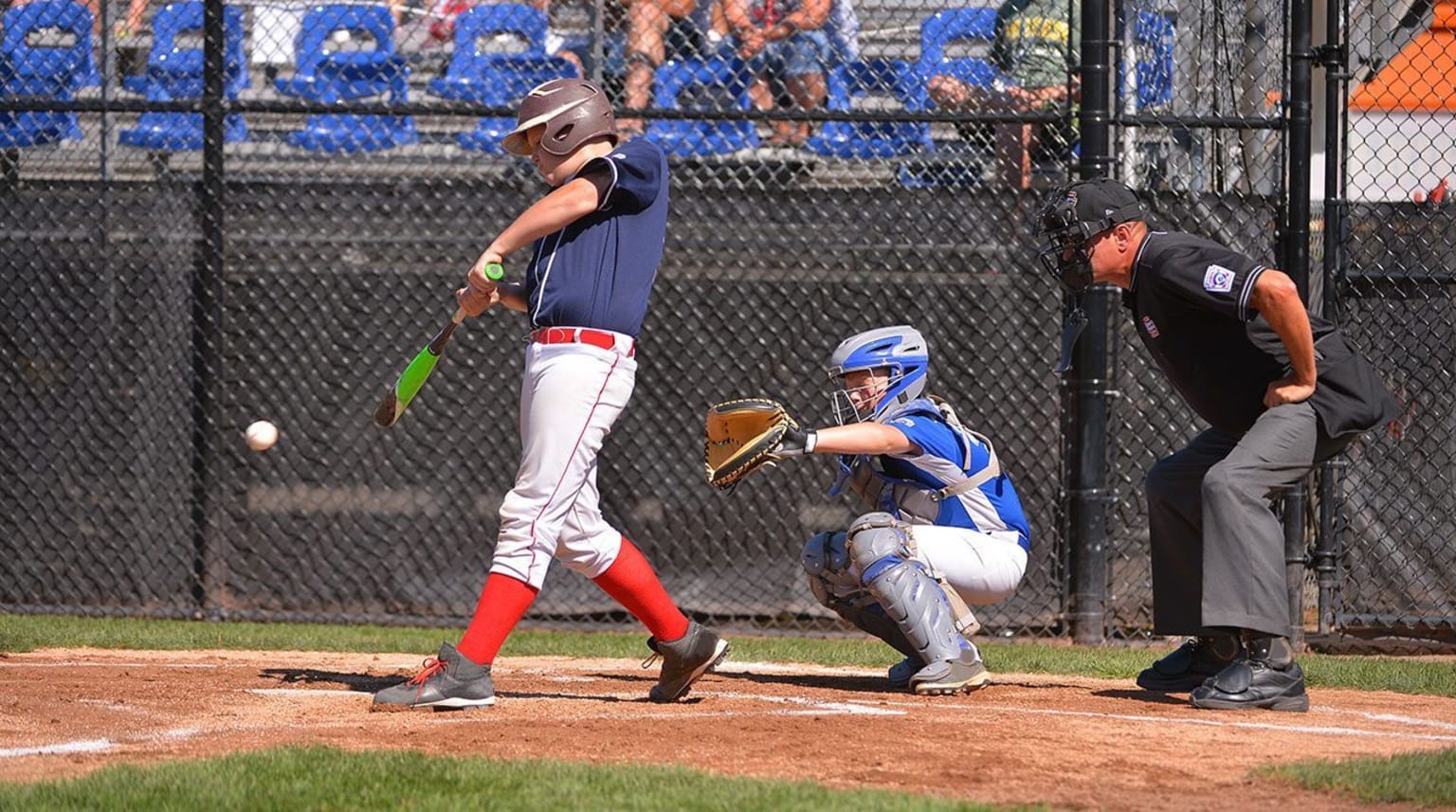Pace of Play: Time Management

It’s always important to keep the game moving at a steady pace. To speed the innings along, here are a few tips that are effective from before the first pitch to until the final out is recorded.
Remember, there are also several local league “speed up” options to the playing rules (example – keeping one foot in the batter’s box – Rule 6.02 (c)) that can be used during the regular season and that are mandated during the tournament season.
Ground Rules
During the ground rules discussion with the managers, introduce yourself and remember the managers’ names, if you don’t already know them. You should meet them no later than five minutes prior to game time at home plate, with the field cleared of all players. Keep this discussion brief. Get assurance from the managers that their players are legally equipped, and discuss any special ground rules pertaining to the field. Remember that this is for ground rules, not a clinic or a mass warning session. You do not have to warn the coaches about everything that could get them or their players in trouble with the officiating crew. This sets a bad tone and will lead to aggravation later. Tell the managers that if they disagree with a call, they should ask for time, go to the umpire who made the call, and ask for an explanation. Of course, balls and strikes are off limits. This shows an aura of cooperation and that you are approachable. These conversations should take no longer than a few moments.
Game Time
In the top and bottom of the first inning, as the first batter is coming to the plate, introduce yourself to the catcher, and then ask their name Then, within an earshot of the first batter, address the catcher: “Keep the glove still. Try not to pull the pitches, and give me a good look at the pitches. If the pitcher is close, I’ll call strikes. If you want to check on a swing, ask me and I’ll always ask my partner for you.” Again, this shows cooperation and lets the offense know they should be swinging.
Checked Swings
If a checked swing occurs, always appeal to your partner when asked. You can always appeal on your own, if you are not sure. With two strikes on the batter, especially with runners on base, it’s especially wise to consult your partner. Appeal to your partner if you think there is any possibility that you will be asked. This is critical with a dropped third strike situation. Don’t leave the batter, runners, and catcher hung out to dry. This can lead to confusion, and, more importantly, adds about 10 minutes to your game, as you sort out the situation that just occurred.
Balls
Keep at least two balls in your ball bag at all times. Nothing slows a game down more than waiting for a ball to be returned after being batted out of play. Give the pitcher a ball as soon as possible. If a foul ball is rattling around the backstop, let the catcher retrieve it while you give the pitcher one from your bag – just make sure the pitcher knows it’s coming!
Between Innings
Remind both teams to hustle on and off the field. Stand about a quarter of the way up the foul line of the team that’s coming to bat, if you stand on the other side, be wary of the warm-up balls coming in. Give the pitchers eight warm-ups in the first inning that they’re throwing. After that, limit it to four or five. By rule, they have a minute, but timing them can be seen as being too controlling. If the pitcher and catcher are slow to come out, start dropping warm-up pitches. If a warm-up pitch gets by the catcher, provide a ball out of your bag. Retrieve the one that got by after warm-ups are complete. Your partner can help you count the pitches and help get the fielders to return those warm-up balls.
Try these tips and you’ll shave some slow-down time, and your games will likely go smoother.